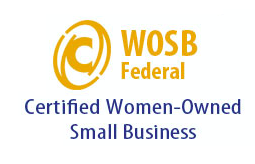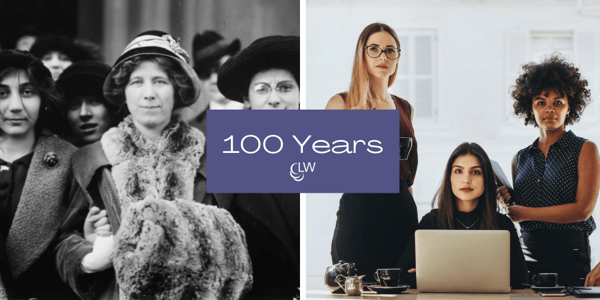
100 years ago today, August 18th, Tennessee became the final state needed to ratify the 19th Amendment, and a week from now, August 26th, it was officially signed into law. August 26th is now known as Women’s Equality Day here in the United States. While we are celebrating this watershed moment in US history, we should ask ourselves how far the 19th Amendment went towards granting women’s equality?
While the 19th Amendment was worded as such to grant all women the right to vote, in practice this did not happen until much later. In many cases equality was denied to millions of women based on race or ethnicity, and it took subsequent legislation or court decisions to ensure suffrage was extended to all women. Here are a few examples of how the 19th Amendment was only the first step towards gender equality:
- Voter suppression in the Jim Crow era South restricted the voting rights of millions of Black women
- Native Americans did not gain citizenship until 1924 and did not have voting restrictions removed until 1947
- Asian Americans did not get citizenship or the right to vote until the 1950s
- and it was not until 1961 that the citizens of Washington DC - nearly 50% Black - had the right to vote for President (and they still do not have representation in Congress)
The 19th Amendment was the foundation for all of the gender equality laws and court rulings that guaranteed equality under the law in all realms for women: home, workplace, politics, etc. And while the last century has seen the erosion of these legal impediments towards women and other minority groups, many of these biased mindsets remain entrenched in society.
Societal mindsets also impact business and talent decisions. For almost two decades now, Leading Women has tracked research on the ways 15+ mindsets impact talent decisions. We call these gender dynamics. Our global research into them tells us the greatest barriers to gender neutral advancement vary by country and corporate culture. Our team works with organizations to address these gender dynamics, mindsets of managers, the hiring & promotion process, and corporate culture to create a more equitable work environment.
All of us need to continue the work of those who came before us and help fight for those who still do not have an equal voice. Many of these women were jailed, lost their livelihoods, or even their lives fighting for the right to vote, and the best way to honor them is not with parades or parties, but with a trip to your local polling station and challenging ingrained societal mindsets.
During the month of August, Leading Women has been highlighting some of these well known and lesser known women who made women’s suffrage in the United States a reality. Click on the faces below to learn more about these passionate leaders for change:
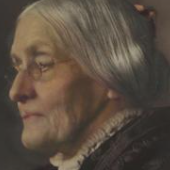 |
 |
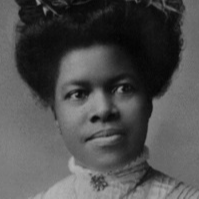 |
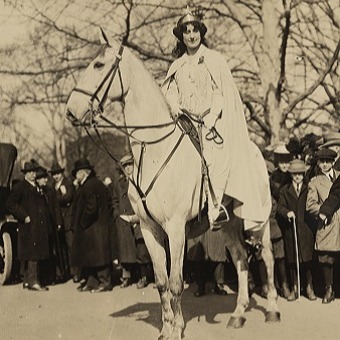 |
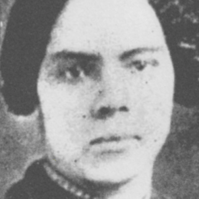 |
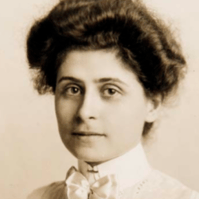 |
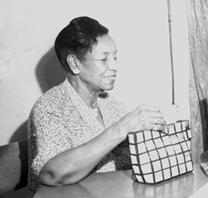 |
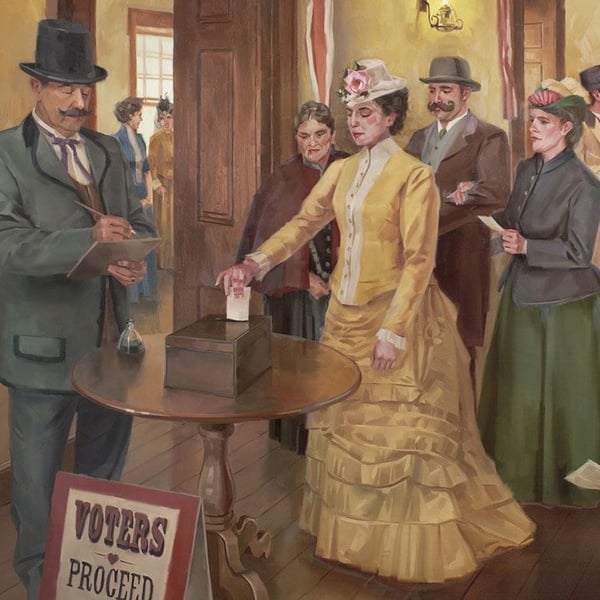 |
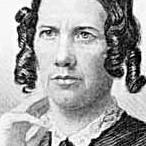 |
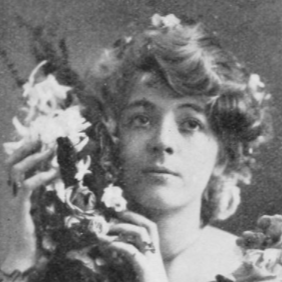 |
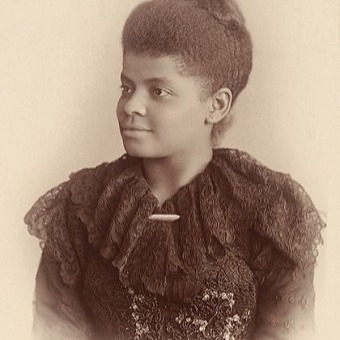 |
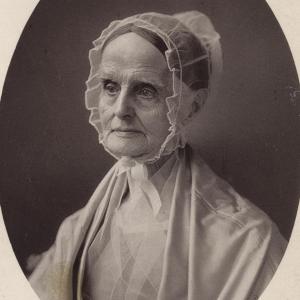 |
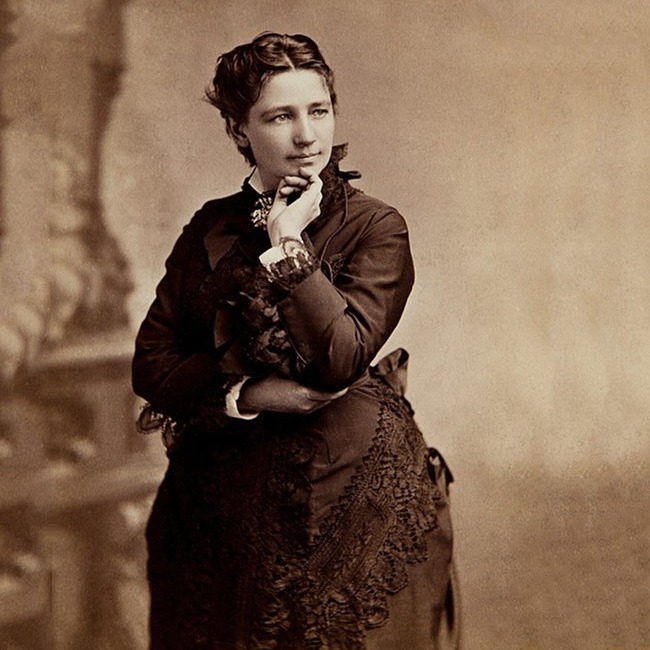 |
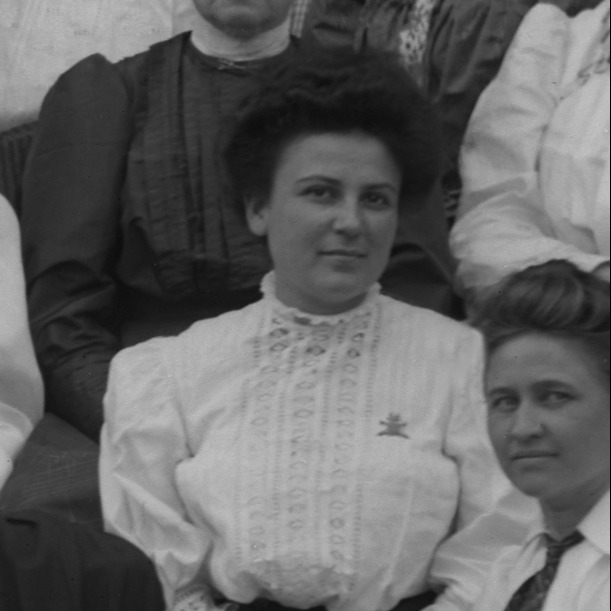 |
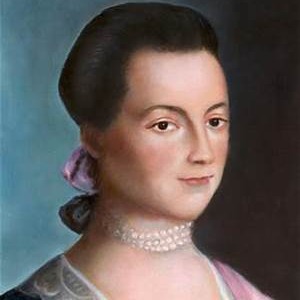 |
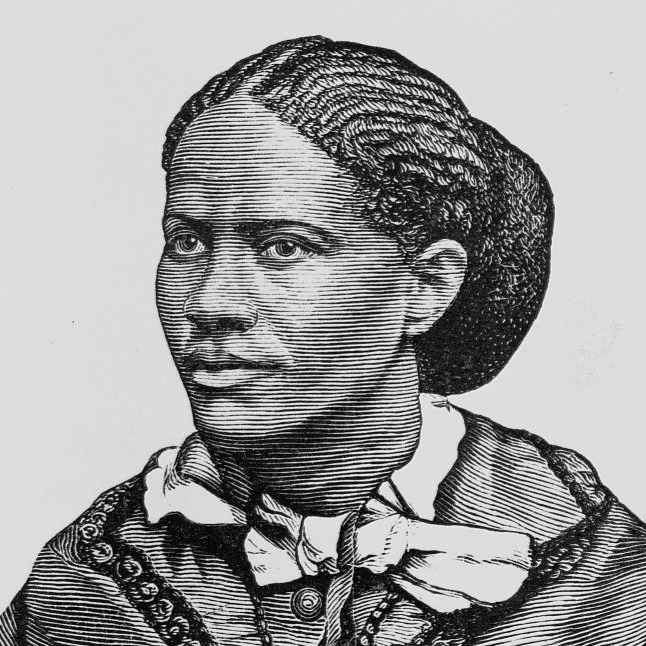 |
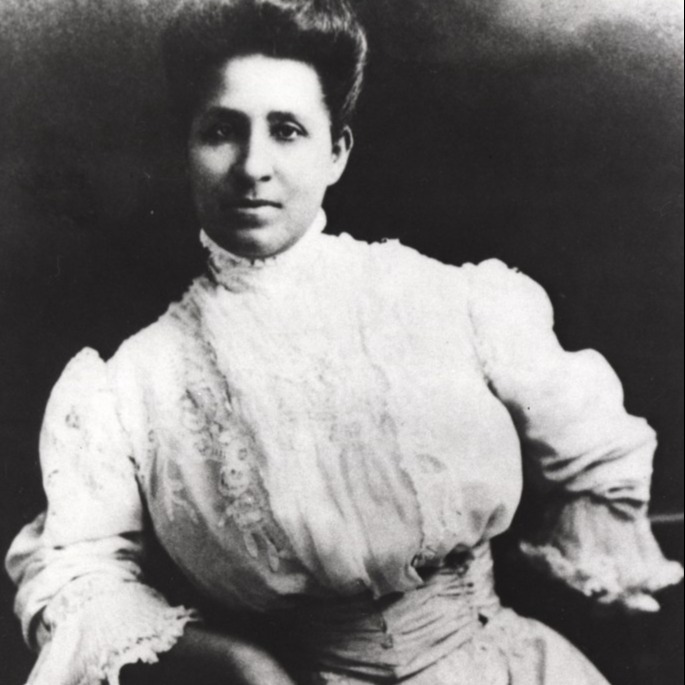 |
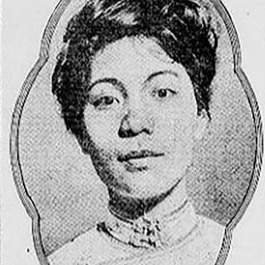 |
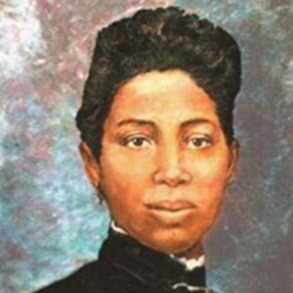 |
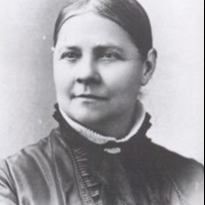 |
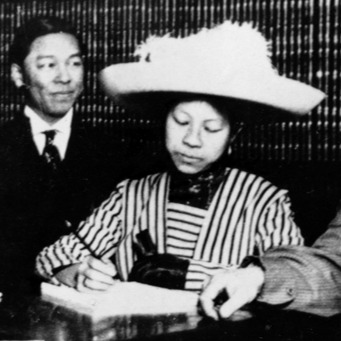 |
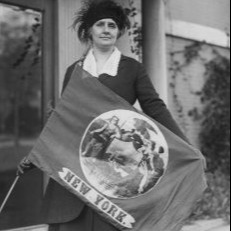 |
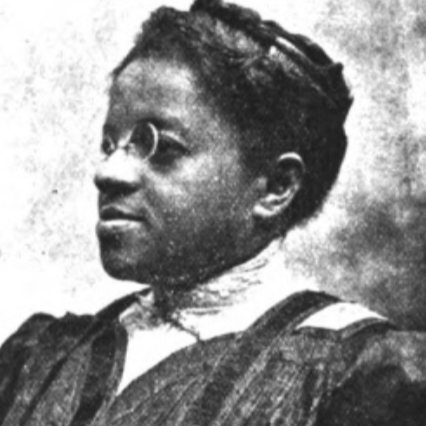 |
 |
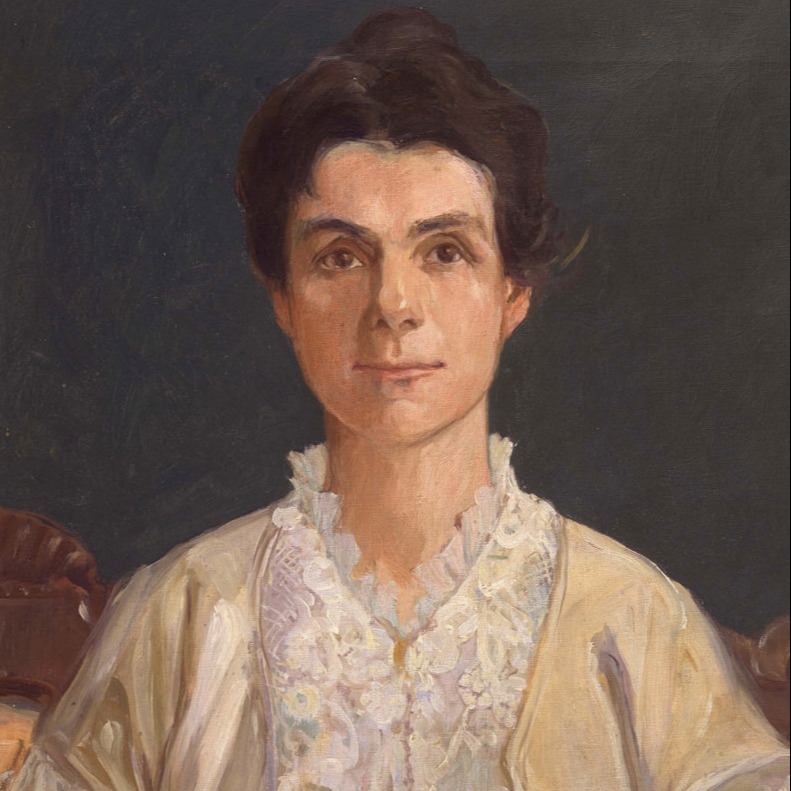 |
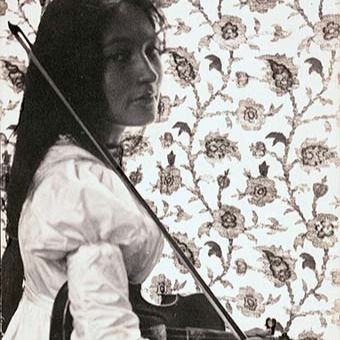 |
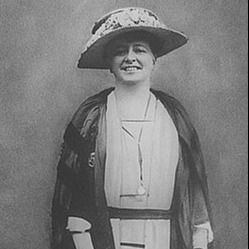 |
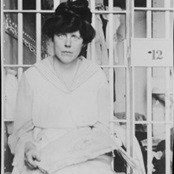 |
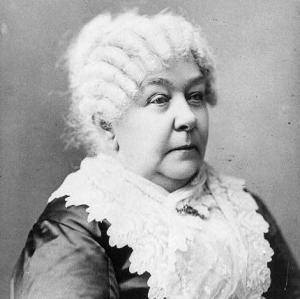 |
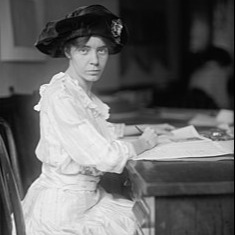 |
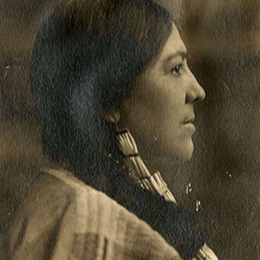 |
If you or your organization want to get serious about closing the leadership gender + diversity gap, please contact us to talk about how #WeCanHelp your organization set and achieve their goals.
Lead ON!

